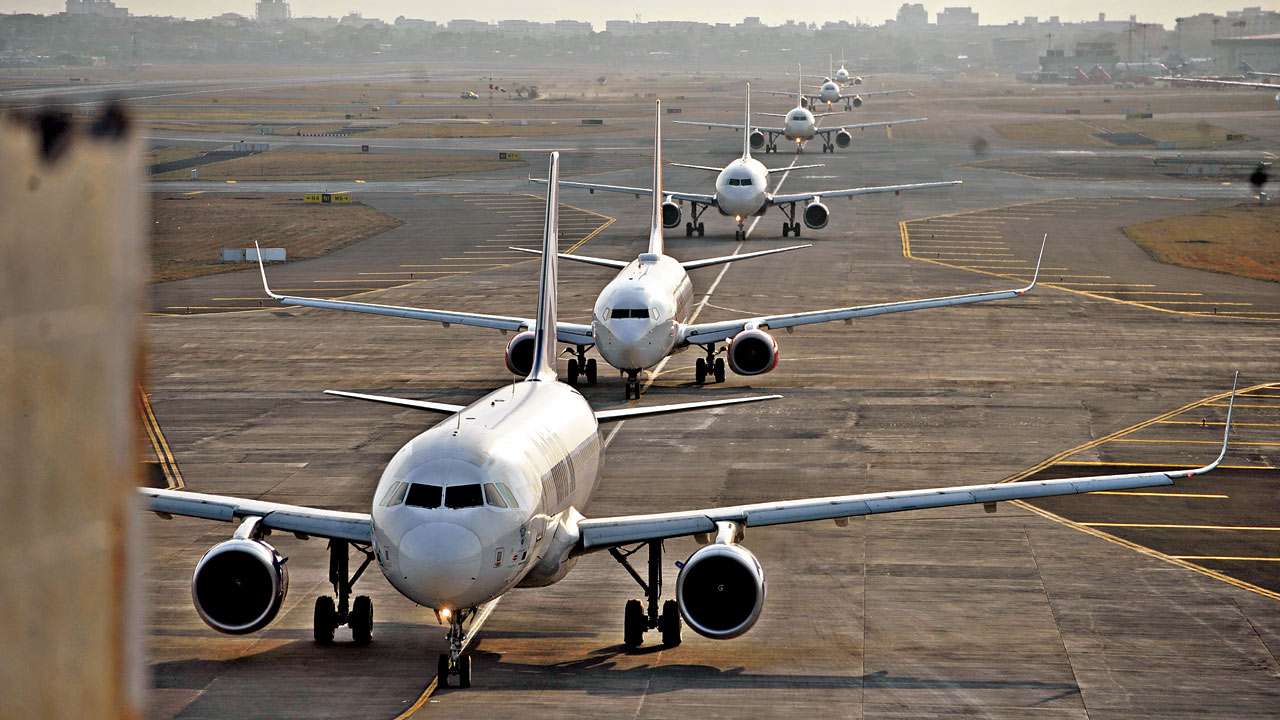
Low cost airlines in India are an oxymoron, ever since the introduction of Open Sky Policy in the early 1990s.
The policy, since its inception, was supposed to liberalise Indian aviation, introduce private players in addition to state-run airlines and generally make flying easier for the common man. More than two decades down the line, the policy has indeed met many of its objectives, sans one: low cost flying.
The principal reason why the low cost project has not taken off in this country is that its most basic criterion, of airlines flying to smaller destinations away from the grand trunk metro routes, has remained a theoretical proposition. As a matter of fact, the whole concept of flying to off-beat destinations - as opposed to main metro routes that attract the maximum passengers - has been a non-starter.
The pricing system, in many ways, lies at the heart of all troubles. Unbundled pricing, as mandated by the government, provides the fliers with the option to pay for services they choose to avail. The airlines are free to charge separately for preferential seating, meals, the use of airline lounges and fee for special declaration of valuable luggage, among other services.
In effect, what all this adds up to are escalating costs, an investigation by this paper has revealed. A ticket on a full service carrier (FSC) flying from Delhi to Mumbai on December 10 will cost about Rs 7,133 for a flexi fare option, including a complimentary meal, beverage, priority check-in and a baggage allowance.
Compare it to the price of a ticket on a low cost carrier (LCC) on the same day and route and that works up to Rs 6,596! So what is the difference between high and low cost? In fact, the Regional Connectivity Scheme (RCS) launched by this government to boost low-cost airlines, held great promise when launched in March last year.
The scheme, licenses for which were given under the Ude Desh Ka Aam Nagrik or UDAN plan, was literally meant to boost flying for the common man. Sadly, given poor infrastructure and haphazard planning, RCS has not delivered on its initial promise.
To quote just two examples, the Airports Authority of India (AAI) last month cancelled 58 licences given to regional carriers Air Odisha and Deccan Charters, due to their non-starting of operations and irregular services. The two airlines were given licenses to operate in Chhattisgarh, Odisha, Andhra Pradesh and Tamil Nadu and a deadline of six months to begin operations, both of which did not materialise.
The two were given destinations in UP and the North East as well, but media reports quoted the AAI as saying that they had refused to fly on ‘unprofitable’ routes. In the end, the economics of aviation is such that an aviator needs very deep pockets to survive, particularly on off-beat routes. In March 2017, the AAI had given permission to five carriers to operate services on 128 routes under RCS. Currently only 54 are operational, largely because they are in the hands of ‘biggies’ like SpiceJet and Alliance Air. Thereby hangs a tale.